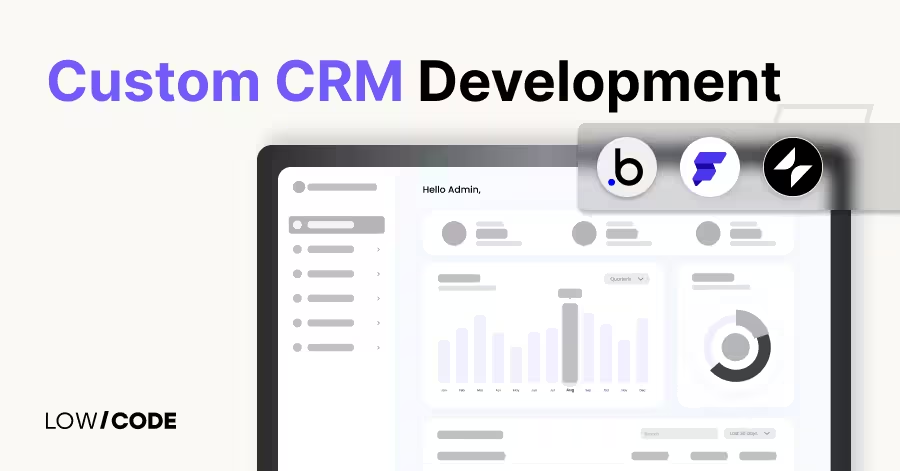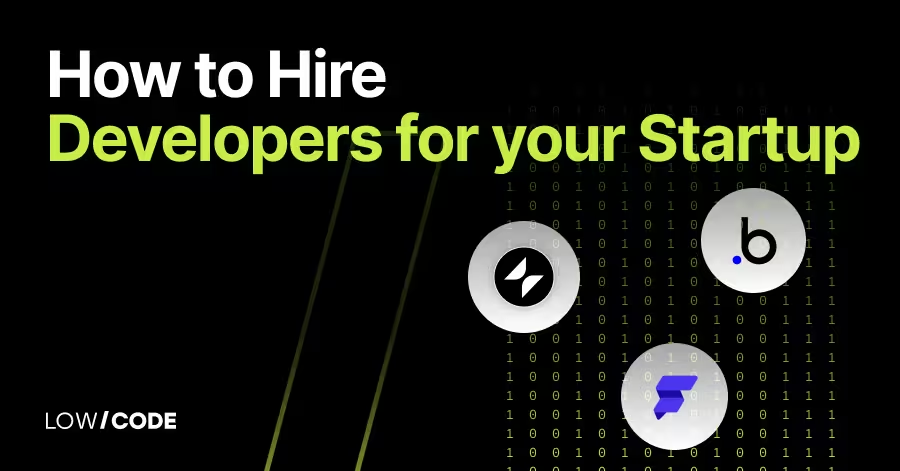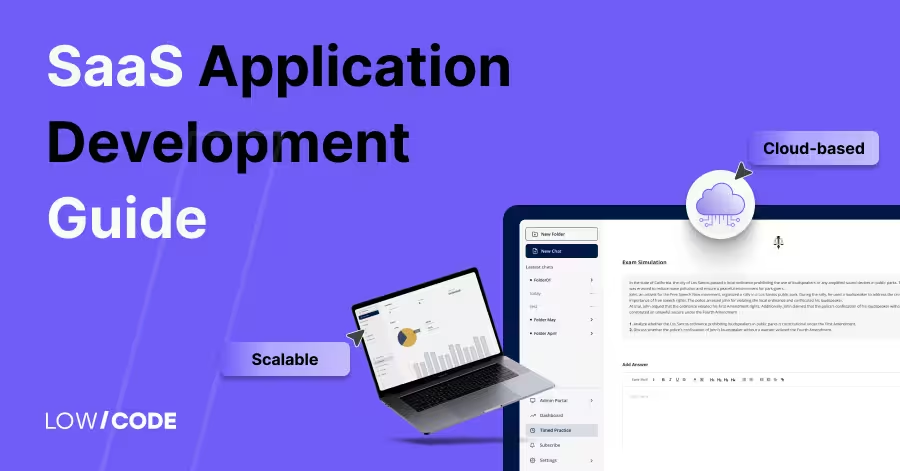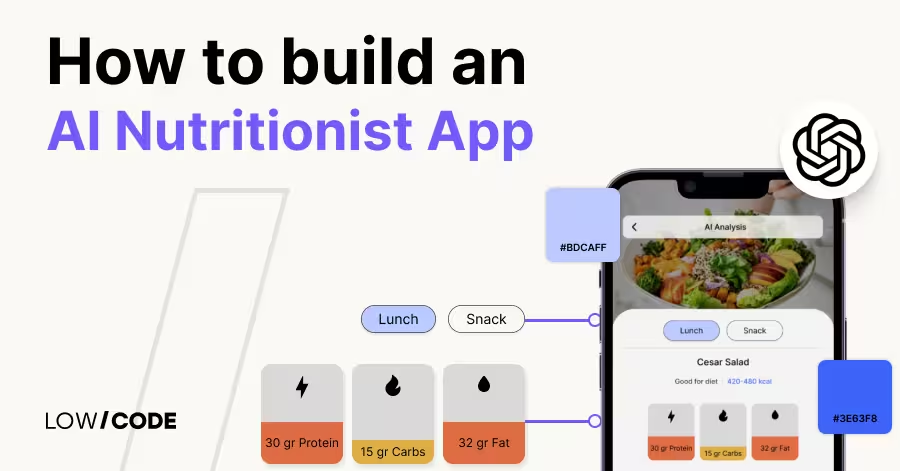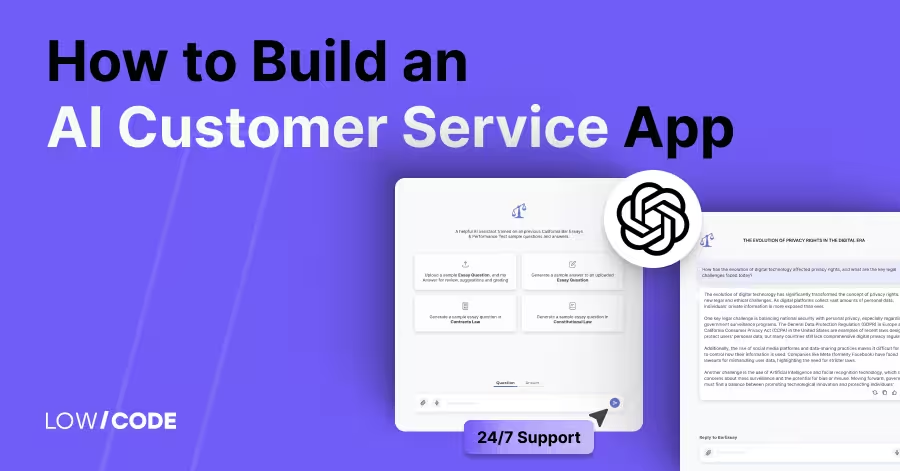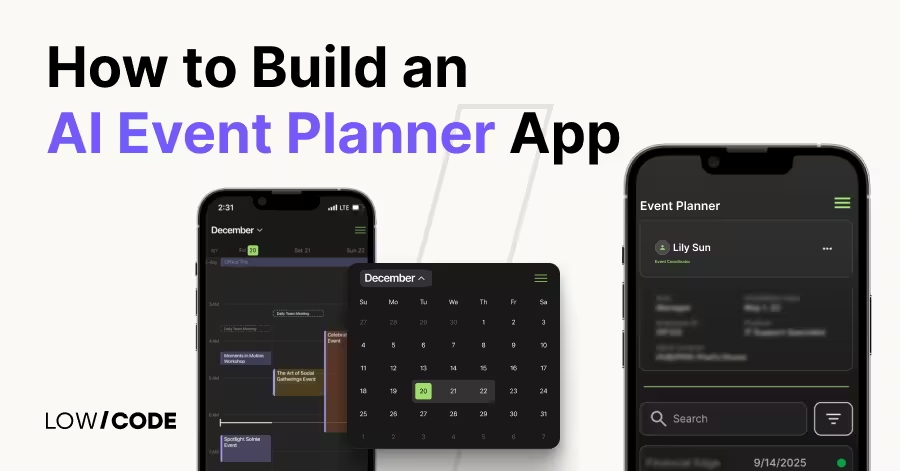Telehealth App Development | Guide for Startups
25 min
read
Learn how to build a telehealth app from scratch. Explore features, cost, tech stack, and steps to create a secure, scalable telehealth solution
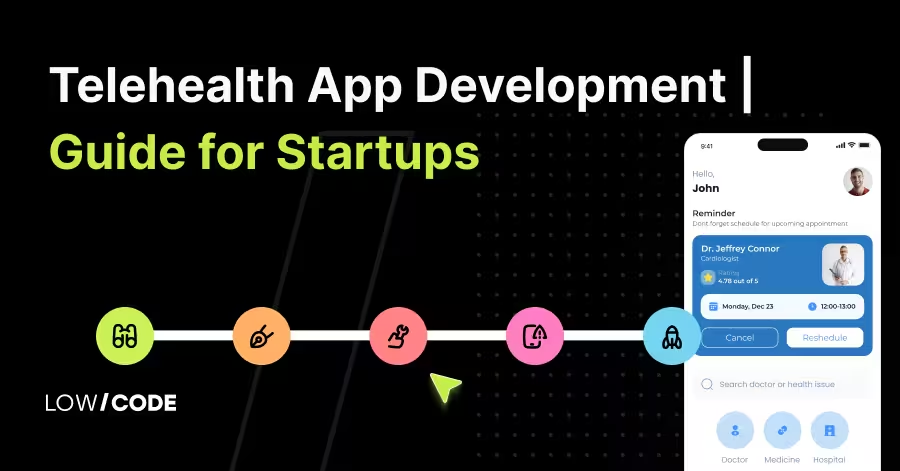
Telehealth has redefined how healthcare works. What began as phone-based consultations decades ago has now grown into a global movement connecting patients and doctors instantly through apps and digital platforms.
The post-COVID era made this shift inevitable, proving that quality care doesn’t always require in-person visits.
- Rising global demand: The telehealth market is projected to surpass $500 billion by 2030, driven by convenience, aging populations, and better digital infrastructure.
- Post-COVID transformation: The pandemic forced healthcare providers to adopt digital solutions, making virtual care mainstream across hospitals, clinics, and private practices.
- Problems solved: Traditional healthcare struggles with accessibility, high costs, and long waiting times — issues that telehealth apps now eliminate with real-time, affordable, and remote consultations.
Today, telehealth is not just an alternative; it’s the foundation of a smarter, more connected healthcare ecosystem where technology supports faster, safer, and more inclusive care.
Why Businesses Are Investing in Telehealth App Development
Telehealth has evolved from a convenience into a necessity. As healthcare becomes more digital, businesses see massive opportunities to serve patients better, scale services, and reduce operational strain.
This shift benefits everyone — patients, providers, and startups entering the health tech space.
- Benefits for all stakeholders: For healthcare providers, telehealth apps reduce clinic overhead, automate patient management, and expand reach to remote areas. Startups gain access to a fast-growing market with recurring revenue models, while patients enjoy 24/7 access to care, lower costs, and shorter wait times.
- Emerging tech trends: AI-powered diagnostics, IoT-enabled monitoring, and wearables now make virtual care more accurate and data-driven. These innovations improve early detection and personalized treatment.
- Niche opportunities: Specialized telemedicine services like mental health therapy, elderly care, chronic condition tracking, and remote patient monitoring are growing rapidly, creating new business niches.
With better technology, higher patient trust, and clear financial returns, investing in telehealth app development has become one of the smartest moves in digital healthcare today.
Read more | Lawyer Consulting App Development Guide
Types of Telehealth Apps
Telehealth covers a wide range of digital healthcare solutions designed to improve access, communication, and efficiency. Each type of app serves a specific need, whether it’s connecting doctors and patients or managing hospital workflows.
- Doctor-on-demand consultation apps: These apps let patients book instant video or voice consultations with licensed doctors. They support real-time diagnosis, follow-up care, and digital prescriptions — all without visiting a clinic.
- Remote patient monitoring (RPM): RPM apps use connected devices to track vital signs such as heart rate, glucose levels, or blood pressure, helping doctors monitor patients with chronic illnesses remotely.
- Appointment scheduling & e-prescription apps: These apps streamline booking, reminders, and prescription management, reducing administrative work for clinics and enhancing patient convenience.
- Mental health & therapy apps: Designed for online counseling, these apps connect users with certified therapists for sessions focused on stress, anxiety, or emotional well-being.
- Hospital management & staff coordination tools: These apps improve internal communication, patient record sharing, and scheduling within hospitals to enhance collaboration and efficiency.
Together, these telehealth app types are building a connected, patient-centered healthcare ecosystem that prioritizes speed, accessibility, and care quality.
Read more | Mobile App Development Challenges
Core & Essential Features
Building a successful telehealth app requires a balanced experience for patients, healthcare providers, and administrators. Each user type needs features that simplify workflows, enhance communication, and maintain data security.
Patient-side Features
The patient side of a telehealth app is where trust and convenience meet. It’s designed to give users complete control over their healthcare journey while ensuring privacy and reliability at every step.
The goal is to make medical consultations as smooth and stress-free as possible, right from onboarding to follow-up care.
- User registration & onboarding: Patients can register easily using mobile numbers, emails, or social accounts. During onboarding, they can securely add health details, medical history, allergies, and insurance information.
- Profile & credentials management: Patients maintain up-to-date profiles with editable personal details, preferred doctors, and saved prescriptions for quick reference.
- Appointment booking & scheduling: A real-time calendar shows doctor availability, helping users book, reschedule, or cancel consultations effortlessly.
- Video and audio consultations: Encrypted, high-definition video and audio calls ensure reliable, face-to-face consultations without compromisig security.
- Secure messaging & chat: Patients can send follow-up questions, share updates, or discuss test results in a HIPAA-compliant chat environment.
- Document uploads: Users can share diagnostic reports, scans, or prescriptions directly with doctors for more informed care.
- Prescription & billing management: Patients can view and download e-prescriptions, manage invoices, and pay securely through integrated payment gateways.
- Notifications & reminders: Smart reminders for appointments, medications, and test follow-ups help patients stay organized and consistent with treatment.
By offering these features, the app delivers a unified healthcare experience — convenient, transparent, and centered on patient empowerment.
Read more | Best MVP development agencies
Provider / Clinician Features
Doctors and clinicians are the core of telehealth services, and their experience must be fast, secure, and intuitive. A well-designed provider dashboard enables healthcare professionals to deliver care efficiently while keeping records accurate and compliant.
The goal is to reduce administrative load and let doctors focus on what matters most—patients.
- Doctor profiles & verification: Each provider has a verified profile showcasing education, specialization, certifications, languages, and patient ratings, building trust and credibility.
- Calendar & time-slot management: Doctors can manage their consultation slots, availability, and automatic scheduling to balance workload and reduce missed appointments.
- Consultation management: Digital tools allow physicians to take consultation notes, prescribe medication, and manage follow-up appointments directly from the app.
- EHR / EMR integration: Seamless integration with existing electronic health records ensures continuity of care, enabling quick access to patient history and previous diagnoses.
- Analytics & dashboards: Clinicians gain insights into consultation trends, patient demographics, and satisfaction rates, helping improve service delivery and decision-making.
- Audit logs & compliance: Every activity, from prescription creation to patient messaging, is logged to maintain accountability and meet healthcare regulations.
These provider-focused tools simplify medical operations, reduce paperwork, and help professionals deliver quality care consistently and confidently.
Read more | Best Web Development Agencies
Admin Features
The admin panel forms the backbone of a telehealth ecosystem. It ensures that patients, doctors, and external partners operate in harmony while maintaining compliance and platform integrity.
With robust control and monitoring tools, administrators can oversee daily operations, track performance, and manage integrations effortlessly.
- User & role management: Admins can create, verify, and assign roles to doctors, patients, and support staff, ensuring data access aligns with responsibilities.
- System dashboards & analytics: Real-time dashboards provide metrics on platform usage, consultation counts, patient retention, and revenue performance.
- Log & audit trails: Every activity within the system is recorded for compliance and accountability, ensuring transparency in data management.
- Content management & configuration: Admins can modify service categories, update policies, manage FAQs, and adjust platform settings without coding expertise.
- Partner integrations: The platform connects seamlessly with external entities like diagnostic labs, pharmacies, and insurance providers to offer end-to-end healthcare services.
- Security & performance monitoring: Built-in tools allow admins to monitor uptime, data security, and performance benchmarks for consistent service quality.
These administrative features ensure that the telehealth app runs securely, efficiently, and in full compliance with global healthcare standards — supporting smooth operations and sustainable growth.
Read more | Best Mobile App Development Agencies
Best No-code/low-code platform for Telehealth App
Choosing the right no-code or low-code platform is essential for building a secure, scalable, and efficient telehealth app.
Each platform brings unique capabilities, some focus on speed and design flexibility, while others specialize in data handling, automation, or AI integration.
1. Bubble
Bubble is a powerful platform for developing full-scale telehealth systems that support multiple user roles, including patients, doctors, and administrators, on a single secure platform. It’s perfect for web-based healthcare applications that demand flexibility and scalability.
- Comprehensive telehealth functionality: Bubble allows you to design complex workflows for patient registration, doctor matching, and follow-up tracking. You can integrate video consultation systems, payment processing, and messaging all within the same app environment.
- Data security and compliance: With advanced privacy rules and secure hosting, Bubble can be configured for HIPAA compliance, ensuring patient data protection.
- Custom integrations: APIs connect seamlessly to EMR systems, pharmacies, or insurance providers, helping create a complete healthcare ecosystem.
Bubble is ideal for hospitals and telehealth startups seeking a scalable web solution with deep customization and airtight security.
2. FlutterFlow
FlutterFlow excels at building high-performance, mobile-first telehealth apps. It’s best suited for healthcare providers who want to reach patients on the go with fast, native-like mobile experiences for iOS and Android.
- Native app experience: The platform enables you to build smooth video call interfaces, real-time chat, and push notifications — features that are vital in doctor-patient communication.
- Firebase-powered backend: Securely manage data, user logins, and live updates using Firebase, which offers real-time synchronization for consultations and patient records.
- Visual design with export flexibility: FlutterFlow allows visual drag-and-drop design while offering clean, exportable Flutter code — useful if future customization or deeper integrations are needed.
With its native performance and secure cloud support, FlutterFlow is perfect for telehealth apps focused on mobile accessibility, reliability, and patient engagement.
3. Glide
Glide is designed for small practices or early-stage health startups that need to deploy telehealth tools quickly without technical complexity. It’s best for lighter use cases like appointment tracking, internal coordination, or simple patient communication systems.
- Fast app creation: Glide converts Google Sheets or Glide Tables into functional telehealth apps, helping small clinics digitize their patient interactions in days rather than months.
- Practical healthcare features: Clinics can use Glide to manage bookings, share test results, or automate patient reminders directly from a spreadsheet interface.
- Built-in access control: Patient privacy is protected through secure logins and role-based permissions, ensuring sensitive health data stays confidential.
Glide is best suited for solo practitioners, therapists, or small clinics looking for affordable, fast-to-launch digital solutions for patient management.
4. n8n
n8n adds automation and AI capabilities to telehealth ecosystems, improving operational efficiency and reducing administrative burdens. It is particularly valuable for large healthcare systems or platforms handling repetitive workflows.
- Intelligent automation: n8n connects your telehealth app with CRMs, EMRs, and AI tools like ChatGPT to automate patient onboarding, intake processing, and case triaging.
- AI-powered insights: The platform can analyze patient forms, summarize clinical notes, and automatically route consultation requests to the right doctor or department.
- Full control and compliance: As an open-source tool, n8n allows on-premise hosting, giving complete control over sensitive data — a must for HIPAA and GDPR compliance.
n8n is ideal for telehealth companies that want AI-driven automation while maintaining full control of patient data and workflow logic.
5. Make / Zapier
Make and Zapier act as the nervous system of your telehealth ecosystem, connecting tools and automating data flow between them. These platforms are perfect for reducing manual work in high-volume healthcare operations.
- Streamlined workflow management: They can automate everything from booking confirmations and invoices to follow-up emails and data updates in patient databases.
- Integration with healthcare tools: Both platforms connect with services like DocuSign, Google Calendar, Stripe, and LawPay, ensuring that every telehealth transaction and appointment runs smoothly.
- Error-free data movement: They synchronize information between apps, minimizing human errors and ensuring consistent data across all departments.
Make and Zapier are best for healthcare teams that want to optimize back-office operations, freeing doctors and staff to focus on delivering quality patient care.
6. Airtable (as a Database)
Airtable provides the structured yet flexible data management backbone that telehealth platforms need. It bridges the simplicity of spreadsheets with the reliability of enterprise-level databases — ideal for managing patient and clinic information securely.
- Centralized healthcare data: Airtable stores patient profiles, medical records, prescriptions, billing, and feedback in interconnected tables. Clinics can link patient records with appointments and consultations for quick access.
- Customizable dashboards: Healthcare admins can build different views for doctors, patients, and billing teams – each showing only relevant data for smoother operations.
- Seamless integrations: Airtable connects directly with tools like Bubble, Make, or Glide, ensuring real-time data updates across your entire telehealth ecosystem.
With its visual simplicity and strong integration options, Airtable is a dependable backend database for telehealth apps, supporting secure data management and effortless scalability.
Read more | Top 6 Automation Agencies
Telehealth App Development Process
Building a successful telehealth app requires a structured approach, from understanding user needs to maintaining long-term performance.
At LowCode Agency, we follow a proven process that combines strategy, design, and no-code technology to deliver secure, scalable, and compliant healthcare solutions.
Discovery & Requirement Analysis
Every project starts by understanding your vision, audience, and business goals. At LowCode Agency, we hold detailed discovery calls to identify user pain points, key features, and compliance needs like HIPAA or GDPR.
We study competitors and define the project scope to make sure your telehealth app meets the needs of both patients and providers.
This groundwork helps create a clear development roadmap, reducing risks and ensuring the final product matches your market and operational goals.
Choose the Best Technology Partner
Choosing the right technology partner is crucial for your app's success. LowCode Agency serves as your complete product team, not just a development team.
We assess your goals and suggest the best no-code or low-code platform, whether it's Bubble for web scalability, FlutterFlow for mobile apps, or Glide for internal tools.
Our expertise in no-code healthcare solutions ensures you achieve the ideal balance of performance, security, and cost-efficiency, speeding up time to market without sacrificing quality.
Read more | Procurement automation guide
UX/UI Design & Prototyping
A telehealth app’s design must be intuitive, accessible, and trustworthy. Our design team at LowCode Agency focuses on creating user journeys that make it easy for patients to book consultations, share data, and interact with doctors seamlessly.
We create detailed wireframes and interactive prototypes that visualize every feature before development begins. Accessibility and simplicity are prioritized to ensure users of all ages and technical backgrounds can navigate confidently.
Every design is tested with real scenarios to guarantee smooth experiences for both doctors and patients.
Read more | PWA vs Native Apps
MVP Development with Core Features
Once the prototype is approved, we build your Minimum Viable Product (MVP) using the best no-code or low-code tools. At LowCode Agency, we focus on developing secure and scalable core features — video consultations, scheduling, prescriptions, chat, and billing.
Our expert no-code developers prioritize data protection, performance, and easy integration with external systems like EHRs or payment gateways.
The MVP approach allows you to validate your concept with real users, gather feedback, and scale smartly without wasting resources on unnecessary features.
Read more | Why Serious Founders Outgrow Lovable
Testing (Functional, Security, and Performance)
Before launch, we rigorously test every aspect of your telehealth app. LowCode Agency’s QA process covers functionality, security, and performance to ensure the app operates reliably under all conditions.
We simulate real-world scenarios, from appointment scheduling to payment processing, ensuring data flows securely and smoothly. Security testing focuses on encryption, user authentication, and access control to protect sensitive medical data.
Our goal is to deliver a platform that is compliant, stable, and trusted by both healthcare providers and patients.
Read more | Real Estate Mobile App Development Guide
Deployment, Scaling, and Maintenance
Launching your telehealth app is just the beginning. At LowCode Agency, we manage the entire deployment process, ensuring a smooth rollout to production environments and app stores.
We also provide optional ongoing support for feature expansion, bug fixing, performance optimization, and regular security updates. As your user base grows, we help you scale seamlessly, adding new functionalities, improving database performance, and maintaining compliance with healthcare standards.
Through continuous monitoring and iterative improvements, we make sure your telehealth app remains modern, reliable, and future-ready.
Read more | Warehouse Management App Development Guide
Design Principles for Telehealth Apps
Design plays a critical role in how patients and doctors experience telehealth platforms. A well-designed app not only builds trust but also ensures accessibility and smooth communication, regardless of device or network limitations.
At LowCode Agency, we follow user-focused design principles to create interfaces that are simple, inclusive, and reliable in real-world healthcare environments.
- Human-centered UX for trust and ease of use: The interface should feel intuitive and friendly, guiding users naturally through appointments, chats, and reports. We design with empathy, ensuring patients of all ages can use the app confidently without confusion or stress.
- Accessibility (WCAG compliance): Our designs meet global accessibility standards with clear color contrast, large fonts, and assistive navigation to support users with visual or motor impairments.
- Minimal onboarding friction: Telehealth apps must make sign-up and login simple. We streamline onboarding to minimize form fields and steps, ensuring quick access to care.
- Reliability on low-bandwidth connections: Healthcare should be accessible everywhere. We optimize design and functionality for smooth performance, even in areas with slow internet.
- Localization and cultural adaptation: From language support to currency and date formats, we adapt interfaces to regional preferences, ensuring relevance and comfort for users across different regions.
These principles ensure telehealth apps remain inclusive, trustworthy, and easy to use for everyone.
Read more | Healthcare App Development Guide
Monetization Models for Telehealth Apps
Choosing the right monetization strategy is essential for long-term growth and sustainability in telehealth. The ideal model balances patient affordability with business profitability while ensuring compliance with healthcare regulations.
At LowCode Agency, we help clients select and integrate revenue models that align with their app’s goals, audience, and service structure.
- Subscription and membership: Patients or clinics pay a recurring fee for ongoing access to consultations, digital records, or premium features. This model ensures predictable revenue and builds user loyalty through continuous care plans.
- Pay-per-visit: A straightforward approach where users pay per consultation. It’s transparent, easy to manage, and suitable for platforms offering occasional or specialized medical services like dermatology or therapy sessions.
- B2B licensing to hospitals or clinics: The app is licensed as a white-label or SaaS product to healthcare institutions. This model generates a steady income while expanding the platform’s reach within professional medical networks.
- Ads, affiliate partnerships, or SaaS model: Some apps integrate non-intrusive advertising or partner with pharmacies, labs, or insurance providers for referral revenue. Others operate as SaaS solutions, offering healthcare tools to other startups or organizations.
By choosing the right mix, telehealth apps can sustain operations, scale services, and provide value to both healthcare providers and patients.
Read more | SaaS Application Development Guide
Integrations & Third-Party Services
Integrations are essential for telehealth apps because they connect different parts of the healthcare ecosystem, including data, payments, communication, and devices, into one unified experience. They ensure doctors, patients, and healthcare providers can access accurate information instantly.
With modern no-code and low-code tools like Bubble, FlutterFlow, Make, and n8n, these integrations are not only possible but also secure, fast, and cost-effective.
- EHR/EMR integration via HL7 and FHIR APIs: Using Bubble and Make, telehealth apps can securely connect to hospital systems for real-time patient record syncing and clinical data sharing, all while maintaining HIPAA and FHIR compliance.
- Payment gateways (Stripe, PayPal, Razorpay): Bubble and FlutterFlow easily integrate with popular gateways, enabling seamless, localized, and secure in-app transactions for appointments or subscriptions.
- CRM or marketing systems: No-code automation tools like Make and Zapier can link your app with CRMs such as HubSpot or Salesforce to track patient engagement and manage outreach campaigns.
- Pharmacy and insurance APIs: With Airtable and Bubble, prescriptions and insurance claims can be processed instantly, improving care coordination and reimbursement speed.
- Wearable and IoT device connectivity: FlutterFlow and n8n enable integration with wearables like Fitbit or Apple Health, allowing continuous remote monitoring of patient vitals.
These integrations make telehealth apps smarter, more connected, and fully functional — without the need for traditional coding.
Read more | Best 7 Low-code Mobile App Builders
Security, Privacy & Compliance
In healthcare, trust is built on security and data protection. Telehealth apps handle sensitive personal information, so privacy and compliance are non-negotiable.
At LowCode Agency, we design every app with a security-first mindset — protecting both patients and providers at every step.
- Encryption (in transit and at rest): No-code platforms like Bubble and FlutterFlow support SSL/TLS encryption for data transmission and encrypted database storage, ensuring medical records and messages remain confidential.
- Authentication & authorization (2FA, biometrics): Tools such as Firebase and Auth0 integrate seamlessly with no-code apps, allowing secure logins, role-based access, and multi-factor authentication for doctors and patients.
- Consent forms, terms & liability disclosures: LowCode Agency implements digital consent workflows and legal disclosures within apps, enabling patients to review and sign agreements electronically before consultations.
- Data retention policies & backup / disaster recovery: Airtable and Bubble offer secure cloud storage with automated backups, giving healthcare providers reliable access to historical records while meeting retention laws.
- Country / region-specific compliance: No-code apps can be configured to comply with HIPAA, GDPR, and other local data residency requirements, ensuring legal protection across regions and markets.
These security measures make telehealth platforms trustworthy, compliant, and safe for long-term healthcare delivery.
Read more | How to Build AI Ecommerce platform
Challenges in Telehealth App Development
Developing a telehealth app involves more than just building features; it requires tackling complex healthcare, technical, and user-related challenges.
At LowCode Agency, we help clients overcome these issues using secure, scalable, and compliant no-code solutions that balance user experience with regulatory demands.
- Compliance complexity: Healthcare laws like HIPAA and GDPR demand strict data handling standards. Ensuring compliance across regions can be difficult, but no-code tools such as Bubble and FlutterFlow simplify this through built-in security frameworks and audit trails.
- Poor connectivity in rural areas: Many patients face unstable internet connections. We optimize apps in FlutterFlow and Glide for low-bandwidth environments, enabling video calls, chat, and data syncing even on slower networks.
- Patient trust and digital literacy: Some users are hesitant to use telehealth platforms. Our human-centered UX design approach focuses on simplicity, clear instructions, and visual cues to make navigation easy for all age groups.
- Data security and interoperability: Managing sensitive medical data across multiple systems can be risky. We integrate secure APIs, encrypted storage, and FHIR/HL7 standards to ensure seamless and safe data sharing.
- Device fragmentation: With varying device sizes and operating systems, maintaining consistency is tough. LowCode Agency uses cross-platform design to deliver smooth experiences across mobile, tablet, and desktop.
- Scalability and performance optimization: As user demand grows, app performance can drop. No-code platforms like Bubble and FlutterFlow allow easy scaling through modular architecture, ensuring stable performance even with thousands of users.
By addressing these challenges early, we build telehealth apps that are secure, accessible, and future-ready.
Read more | Custom CRM development guide
Future Trends & Innovations
The future of telehealth is being shaped by intelligent technologies that make care more proactive, personalized, and data-driven.
At LowCode Agency, we help healthcare organizations adopt these innovations using no-code and low-code tools, making advanced technology accessible without long development cycles.
- AI in diagnosis, triage, and chatbots: Artificial intelligence is transforming how doctors assess symptoms and manage consultations. With tools like n8n and Bubble’s API integrations, apps can include AI-powered chatbots for patient triage, symptom analysis, and automated follow-ups, reducing clinician workload.
- Remote patient monitoring: Connected telehealth systems now track patients’ vital signs in real time. Using FlutterFlow or Make integrations, clinics can monitor heart rate, oxygen levels, and glucose data remotely to ensure timely interventions.
- IoT and wearables integration: Devices like Fitbit, Apple Watch, and connected ECG monitors provide continuous health data. No-code platforms allow seamless API integration with these devices for smarter data collection and patient insights.
- Predictive analytics: AI-driven data models can identify health trends, forecast patient outcomes, and prevent complications. Airtable and Make can combine patient data with analytics tools for real-time health predictions.
- Voice assistants: Voice technology is becoming a key accessibility feature. By integrating tools like Google Assistant or Alexa APIs, telehealth apps can enable hands-free scheduling, data retrieval, and health guidance for patients with mobility or vision challenges.
These innovations will define the next generation of telehealth — smarter, faster, and truly patient-centered.
Read more | Insurance Mobile App Development Guide
Why Choose LowCode Agency for Telehealth App Development
Building a telehealth app is more than adding video consultations. It is about creating a secure, compliant, and scalable healthcare system that truly improves patient outcomes.
At LowCode Agency, we act as your product team, not just developers. With over 350 apps delivered, we have built HIPAA-compliant healthcare platforms that handle thousands of users efficiently. Using Bubble, FlutterFlow, and Glide, we develop powerful telehealth solutions in weeks while maintaining top-quality standards.
Even after launch, we offer optional ongoing support to help you optimize performance, enhance security, and adapt your app to new regulations and technologies.
With LowCode Agency, you are building more than just a telehealth app — you are creating the future of connected healthcare.
Conclusion
The telehealth revolution isn't coming; it's already here. With the global market projected to reach $500 billions by 2030, now is the time to build your telehealth solution. The technology exists, the regulatory pathways are clear, and patient demand has never been higher.
Success requires more than just building an app. You need strategic planning, compliant architecture, intuitive design, and a partner who understands both healthcare and technology. The right approach transforms your vision into a platform that improves lives while building a sustainable business.
Ready to build a telehealth app that transforms healthcare delivery? Let’s talk today. Let's analyze your vision, map your requirements, and create a strategic roadmap for bringing your telehealth platform to market. Your future patients are waiting.
Created on
October 31, 2025
. Last updated on
December 11, 2025
.

FAQs





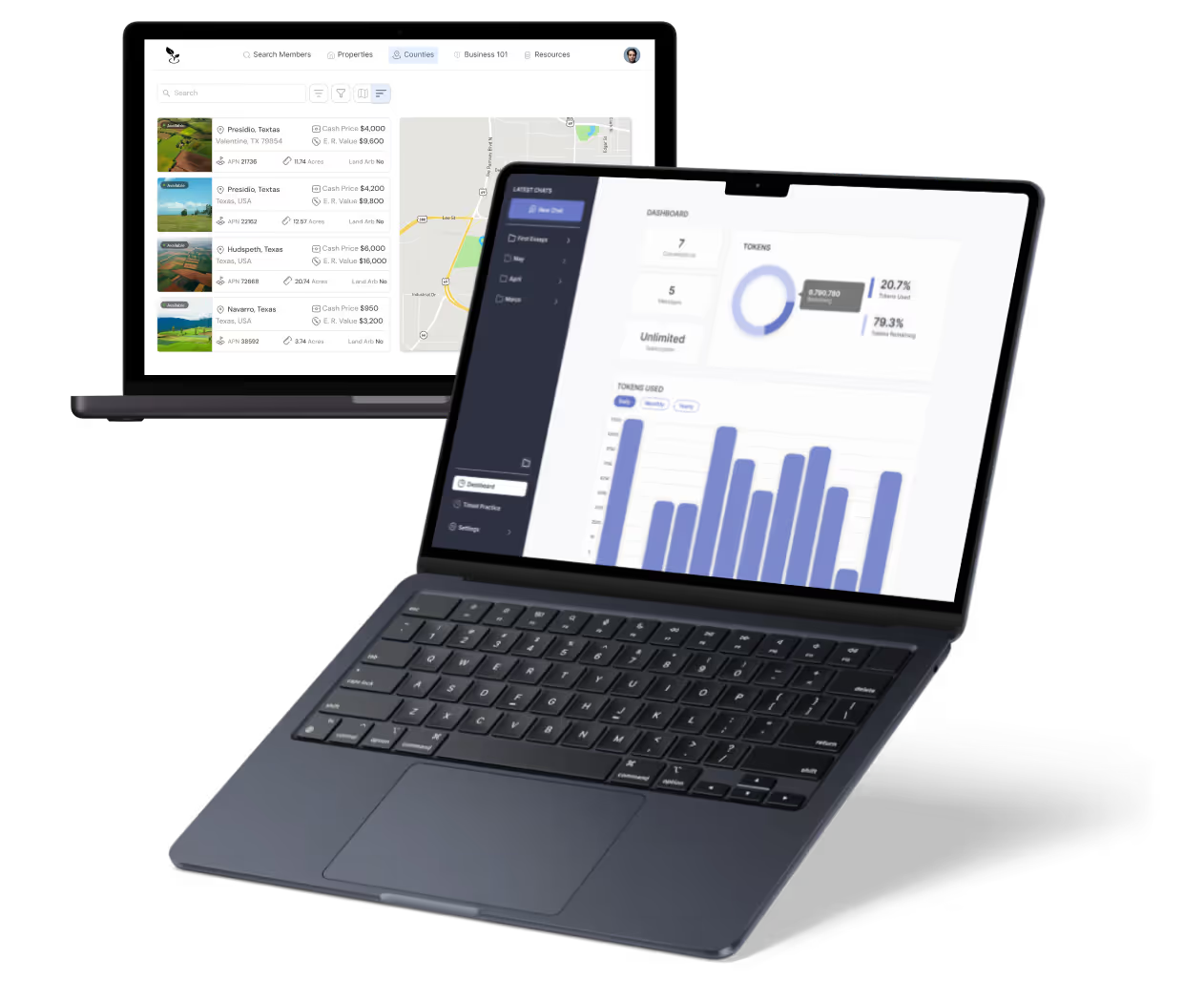
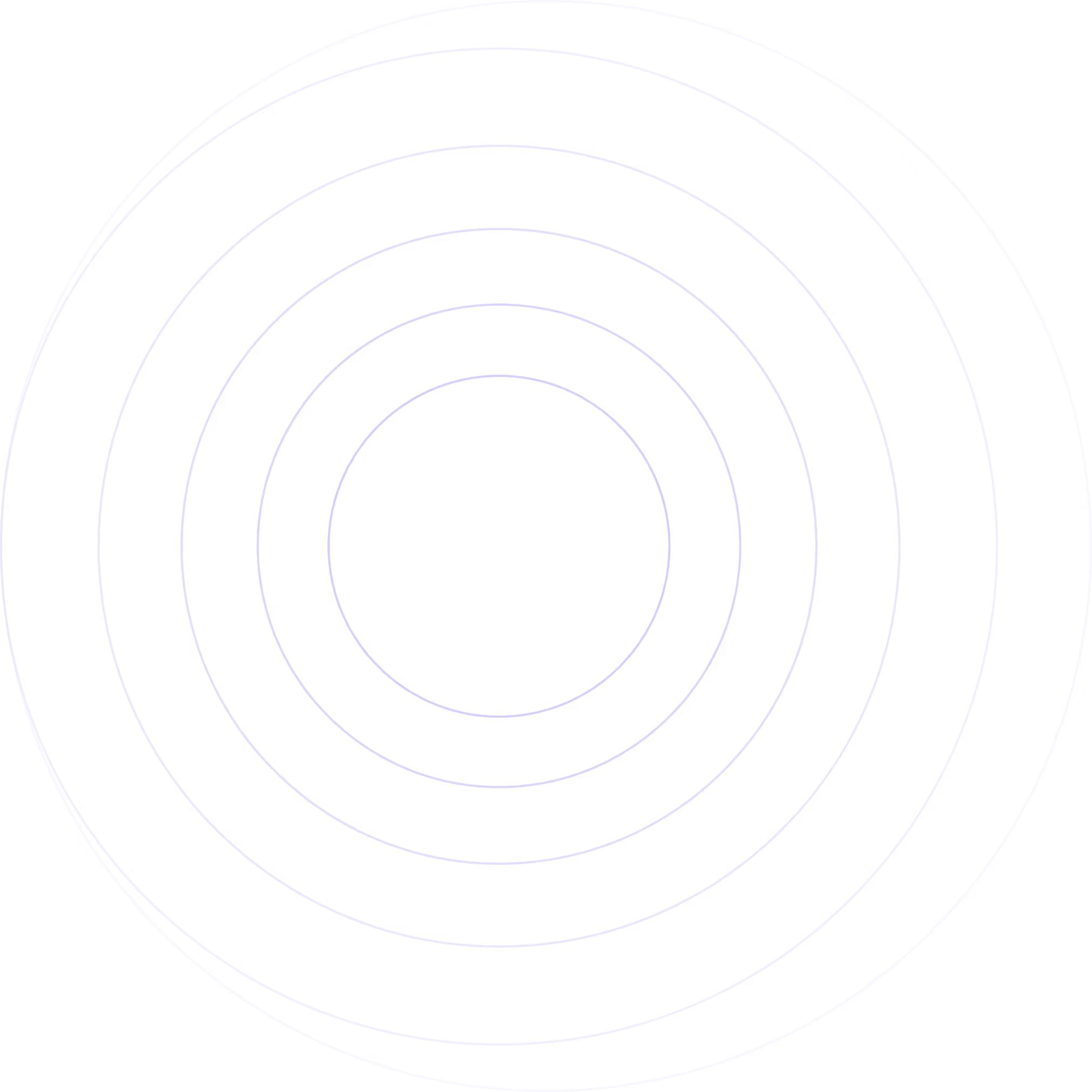


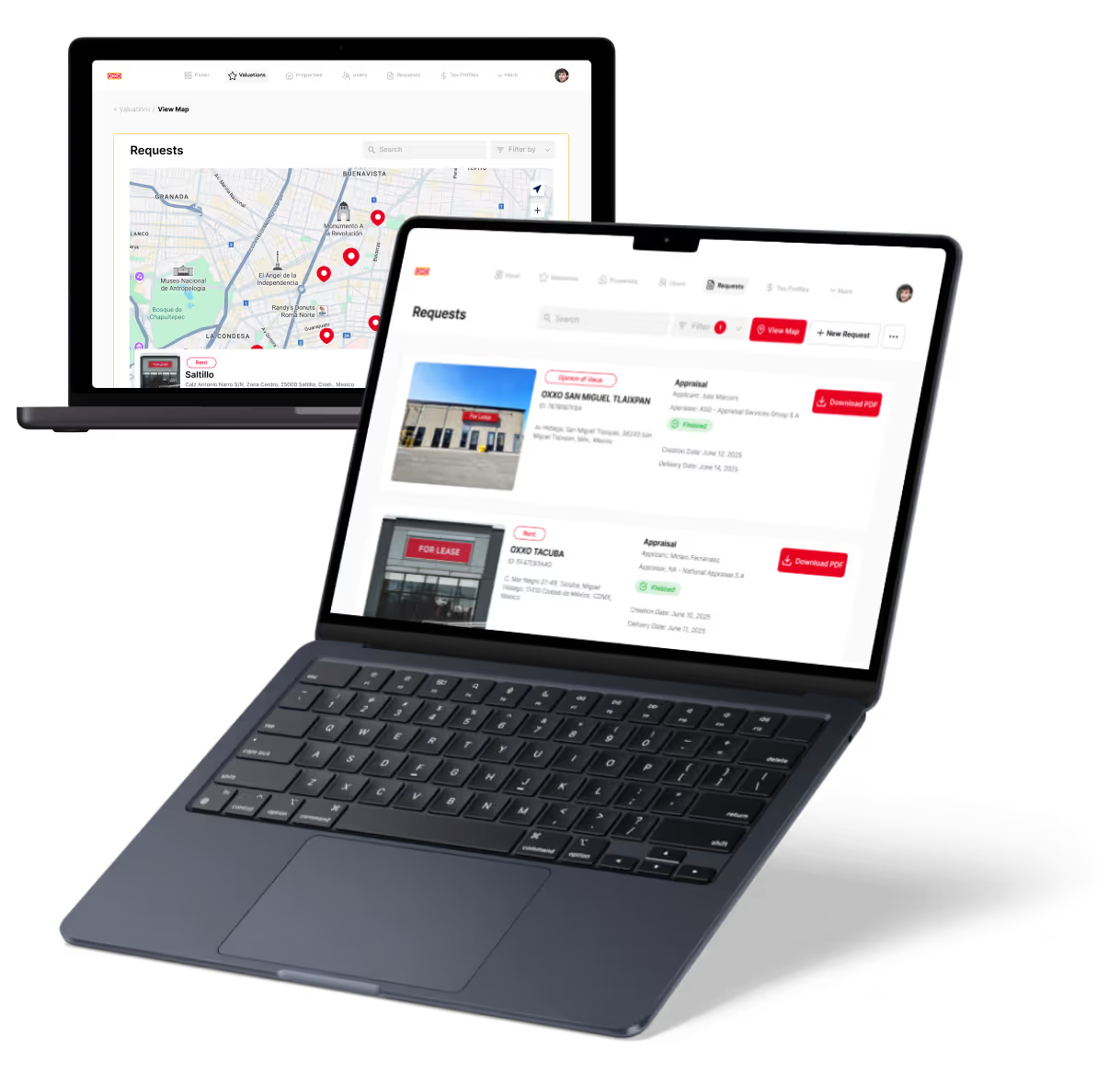


%20(Custom).avif)



